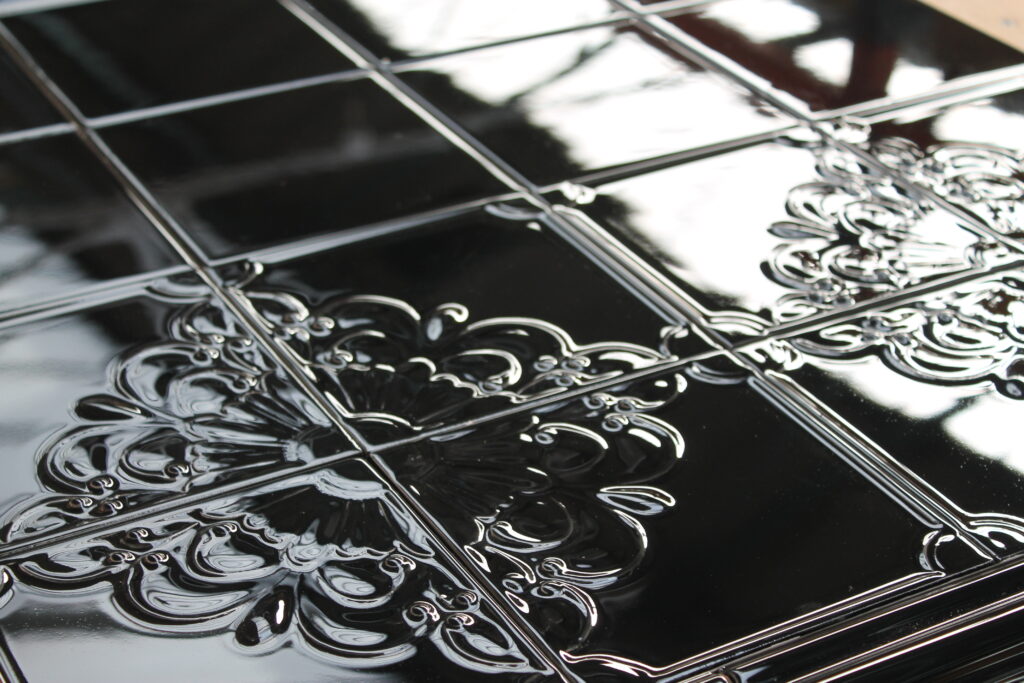Blog
The Timeless Allure of Victorian Tile Style in Modern Design
In the ever-evolving world of interior design, certain styles consistently influence contemporary aesthetics. One enduring influence is the Victorian tile style. With its intricate patterns, rich colours, and artisanal craftsmanship, Victorian tiles hold a special place in both historical and modern design. This blog explores the significance of Victorian tiles and how they continue to inspire today’s interiors.
The Origins of Victorian Tile Style
The Victorian era, from 1837 to 1901, was a time of dramatic change and innovation. During this period, the Industrial Revolution advanced manufacturing processes, making decorative tiles more accessible to the middle class. As a result, tiles transformed from luxury items into popular features in homes and public buildings.
Victorian tiles were often used in kitchens, bathrooms, hallways, and fireplaces. Influenced by Gothic Revival and Arts and Crafts styles, they incorporated geometric patterns, floral motifs, and rich, earthy colours. Consequently, these tiles were not just functional but also artistic, reflecting the Victorian emphasis on beauty and detail in everyday objects.
Key Characteristics of Victorian Tiles
Victorian tiles are easily recognizable due to several distinct characteristics:
- Intricate Patterns: The Victorian era celebrated complexity. As a result, tiles often featured geometric patterns, interlocking shapes, and elaborate borders.
- Rich Colours: Deep, saturated hues like burgundy, emerald green, cobalt blue, and mustard yellow define Victorian tiles. These vibrant colours were often combined for striking contrasts.
- Craftsmanship: Typically handcrafted, Victorian tiles showcase high artistry and skill. This craftsmanship is evident in the precise patterns and quality glazing.
- Versatility: Victorian tiles were used in various contexts, from walls and backsplashes to decorative elements like fireplaces and staircases.
The Modern Revival of Victorian Tile Style
In contemporary design, Victorian tiles are experiencing a revival, valued for their timeless beauty and versatility. Here are several ways Victorian tile style is currently being incorporated into modern interiors:
- Heritage Preservation: In restoration projects, Victorian tiles maintain the historical integrity of period properties. These tiles help preserve the original charm and character of older buildings.
- Eclectic Design: Victorian tiles suit eclectic interiors, where mixing old and new styles creates unique, personalized spaces. Pairing them with modern fixtures results in stunning contrasts.
- Feature Walls: Victorian tiles are increasingly used to create statement walls. Their intricate designs and rich colours make them ideal for focal points in bathrooms, kitchens, and hallways.
- Sustainability: With growing emphasis on sustainability, many turn to Victorian tiles for their durability, making them a practical and eco-friendly choice.
Conclusion
The enduring appeal of Victorian tile style lies in its ability to blend historical charm with contemporary aesthetics. Whether used in heritage restorations or modern eclectic designs, Victorian tiles bring elegance, craftsmanship, and timeless beauty to any space. As we continue seeking design solutions that are both beautiful and functional, Victorian tile style remains a significant, inspiring choice in interior design.
View our Period Embossed Victorian Tiles Range >

